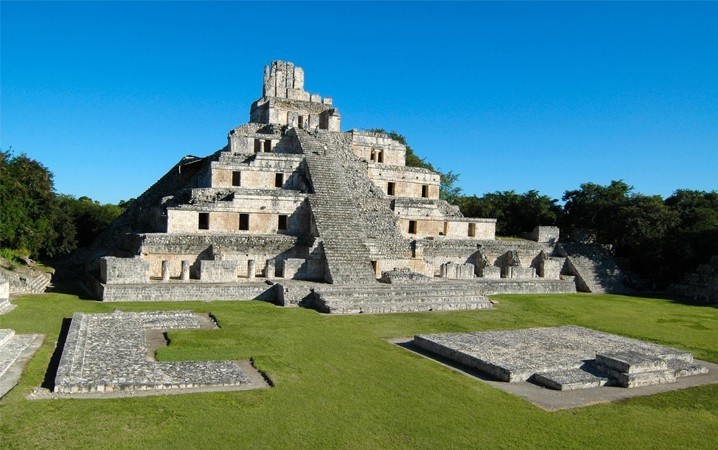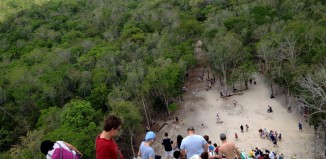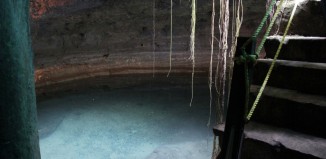10 Mayan sites you should not miss
A legacy of history, culture and Mayan tradition
When you come to the Yucatan Peninsula, you’ve surely visit cenotes, you will taste its cuisine, meet their customs and traditions. But what you can not miss for any reason are archaeological sites comprising most of the Maya area and in them is the story that today defines an entire people along the peninsula. Meet the 10 Mayan sites you can not miss.
Chichen Itza (Yucatan): The center of worship and most revered pilgrimage Yucatan Peninsula. Today, it is a center for the Maya Sacred and the most visited of Mexico for its famous archaeological site Kukulkan Castle.
Uxmal (Yucatan): Uxmal is one of the most important Mayan cities in Yucatan, and an essential part of the Puuc route, where carvings in pyramids are still visible. There are several legends regarding its construction and occupation, such as the legend of Princess Sac Nicte and the legend of the dwarf, which narrate a fantastic past for what you’re seeing in the present, harmonizing both eras.
Edzna (Campeche): Itza is the name of a lineage of Chontal origin who settled on the site and by extension; residents of other settlements to all the inhabitants of this ancient Mayan city as “Itzaes” referred; here comes your name, Edzna / Itzna: “House of the Itza”.
Kabah (Yucatan): It is a Maya archaeological site, located in the town of Santa Elena in the state of Yucatan, Mexico, southeast of Uxmal. The name “Kabah” or “Kabaah” probably comes from the ancient Mayan and means “tough”. This is an ancient name mentioned in Maya chronicles. An alternate name is “Kabahuacan” or “Real Snake in the Bag”.
Dibilchaltún (Yucatan): Dzibilchaltun means in Mayan “place where there is writing on the stones,” which is an allusion to the numerous memorial stones found around the site, also known as “estelas.” Tulum (Quintana Roo): The only archeological site by the sea, Tulum is the most photogenic spot in the region, maybe even the country. For the Mayans, it was an important ceremonial center that was inhabited for a long time, even by the time the Spaniards arrived. The Mayan city is within the Tulum National Park.
Ek Balam (Yucatan): It is a Mayan archaeological site located 30 km north of the city of Valladolid, 2 km from the Mayan village of Ek Balam. In Yucatec Maya, eek ‘Balaam means “black Jaguar” (Ek, black, Balam, jaguar).
Coba (Quintana Roo): Coba is an ancient Mayan city surrounded by 5 lakes located west of Tulum in the state of Quintana Roo. Once here you’ll realize reading about it just isn’t enough. Few sites have pyramids as high, and hardly any allow tourists to climb them, but in Coba we invite you to experience being on the top and look out at the majestic Mayan territory and its extensive jungle. Labná (Yucatan): It is an ancient ceremonial center of the Mayan civilization in the Yucatan, Mexico. Labna means in Maya “old or abandoned house.” This site has been the subject of attention for its world famous arch, remarkable perfection and fine ornamentation. Labna is in the southwest of the Yucatan state south of Uxmal approximately 29 km from the same , forming part of the area known as Puuc.
Calakmul (Campeche): It is a pre-Columbian Maya city center located in the southeastern Mexican state of Campeche, in the region of Peten folksy, at the heart of the Biosphere Reserve of Calakmul of over 700,000 and has few miles from the border with Guatemala. The site has about 70 km² and more than 6,000 structures, and became the capital of a regional state of approximately 13,000 km², with Tikal and Calakmul major regional powers in the Maya area.







